Starting a small-scale bathroom remodelling project can greatly improve a space's use and appeal, but a successful project depends on knowing the costs involved.
Entering this procedure requires careful budgeting and the interpretation of multiple cost elements, so let us get into decoding the expenses of small bathroom remodelling together!
Due to space constraints, remodelling a small bathroom has certain difficulties and issues that frequently require careful planning.
The extent of the remodelling, the materials selected, labour costs, and unforeseen circumstances are all factors that affect costs. A gratifying makeover without going over budget requires striking a balance between these factors.
For small space renovation projects, careful budget management is essential. Every choice you make, from labour allocation to material selection, significantly impacts the final cost.
Wondering how much does it cost to remodel a small bathroom? Keep reading to have your questions answered!
There are several costs associated with remodelling a small bathroom, such as labour, supplies, and fixtures.
The following summary of standard remodelling expenses can act as baseline budgeting for your project:
Setting You Budget: Small Bathroom Edition
| Entities | Average Costs | Details |
| Labor | $1,500 - $4,500 | Includes demolition, installation of tiles, plumbing, electrical work, and final finishes. |
| Materials | $1,000 - $3,000 | Tiles, paint, drywall, flooring, and other essential construction materials. |
| Fixtures | $500 - $2,000 | Sink, toilet, bathtub or shower, faucets, lighting fixtures, and hardware. |
| Contingency | 10% - 20% of total | Reserved for unexpected costs or adjustments during the remodelling process. |
| Total Budget | $3,000 - $9,500 | The sum of labour, materials, fixtures, and contingency funds. |
Baseline Budgeting Insights:
Labour Costs: These vary depending on a number of variables, including the work's intricacy, location, and contractor experience. It is advisable to get several estimates to choose a fair offer within the projected range.
Costs of Materials: Vary according to quality, personal taste in style, and renovation scope. Choosing mid-range materials frequently results in a cost-quality balance.
Fixture Costs: Affected by design, features, and brand. Making educated decisions is aided by investigating a variety of solutions within your financial means.
Contingency Fund: A contingency fund should be set up (10% -20 % of the overall budget) in case there are unanticipated costs or changes during the remodelling process. This safety net makes sure you're ready financially for unforeseen expenses.
Additional Insights:
Homeowners may efficiently estimate and plan their small bathroom remodelling budget using this baseline breakdown.

According to different homeowners they have even got quotes ranging between $18,000 to $35,000; this eventually comes down to deciding all the variables to get the actual cost of bathroom remodeling.
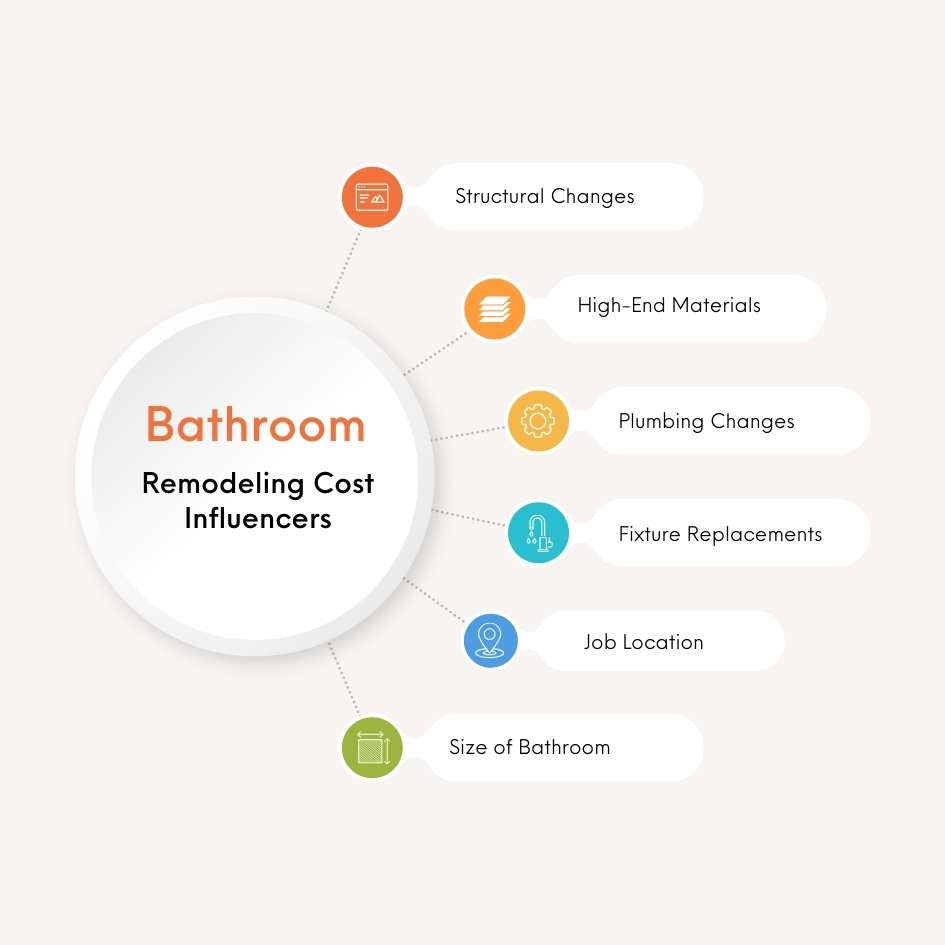
Managing small bathroom remodelling costs is influenced by several factors, empowering homeowners to adjust their expenses within budget constraints.
Understanding these key influencers can assist in effective cost management and employing budget-friendly remoting strategies:
Cost Influencers:
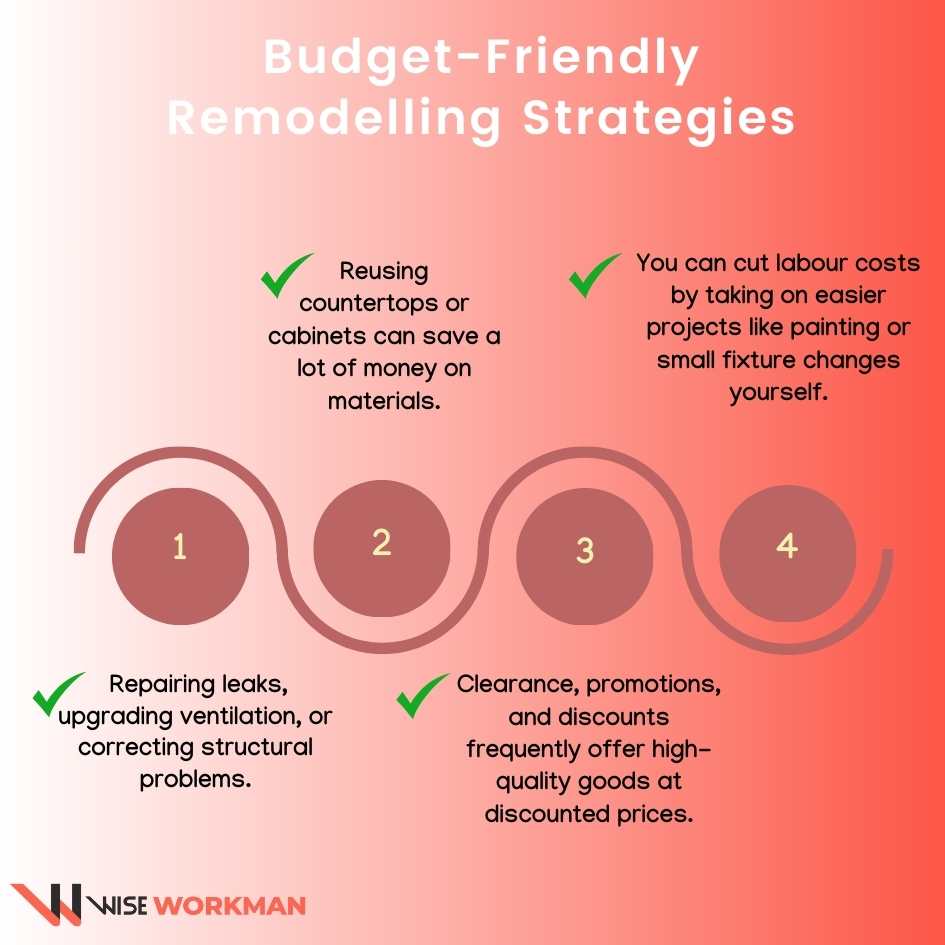
Set Priorities for Important Changes: Pay special attention to urgently needed things, such as repairing leaks, upgrading ventilation, or correcting structural problems. This will reduce needless spending on less important projects.
Reuse or Refurbish: If certain materials are still in good shape, you might consider repurposing them or updating the current fixtures. Reusing countertops or cabinets can save a lot of money on materials.
Comparison Shopping: Look at pricing from various suppliers to discover affordable materials and fittings. Clearance, promotions, and discounts frequently offer high-quality goods at discounted prices.
When feasible, do it yourself: You can cut labour costs by taking on easier projects like painting or small fixture changes.
However, as mistakes might result in higher costs, complicated tasks requiring professional competence should not be attempted.
Additional Cost Management Tips:
Through careful planning, intelligent material selection, negotiating labor costs, and the use of clever techniques like material reuse and prioritizing necessary adjustments, homeowners can successfully control small bathroom remodeling expenses without sacrificing quality while working within their financial constraints.
When crafting your small bathroom remodel budget, you should take a scientific approach.
Financial planning is necessary when creating a detailed budget for your tiny bathroom renovation, considering all of the project's needs and prospective costs.
Evaluate Particular Needs: Determine the necessary and desired adjustments. Ascertain whether the update is merely cosmetic or requires structural changes, as the latter have a substantial financial impact.
Obtain Estimates and bids: Based on the specifications of your project, get in touch with a number of suppliers or contractors to acquire comprehensive bids for labour, materials, and fixtures.
Cost Breakdown: Make a detailed cost breakdown that accounts for labour, supplies, fixtures, permits, and any other services needed for the makeover.
Allocate Funds: Using the estimates that were gathered, allocate funds to each group. Be reasonable and think about factoring in a buffer for unforeseen costs.
Include Contingency Funds: Allocate 10% -20 % of the overall budget to cover unanticipated costs or changes that may arise throughout the renovation process. This safety net protects your money from unforeseen expenses.
Investigate and Review: Keep your budget under constant revision by looking at less expensive labour or material options that don't sacrifice quality.
Prioritise Essentials: Make sure your budget addresses the most important changes first, giving less important things a lower priority.
Review and Modify Often: Keep an eye on spending while renovating and make necessary adjustments to the budget. To keep within your means, be willing to make adjustments.
Planning, estimating, and accounting for contingencies are all essential components of creating a comprehensive budget.
You may develop a solid financial plan for your tiny bathroom renovation by identifying particular demands, breaking down the expenditures in detail, and factoring in unforeseen costs.
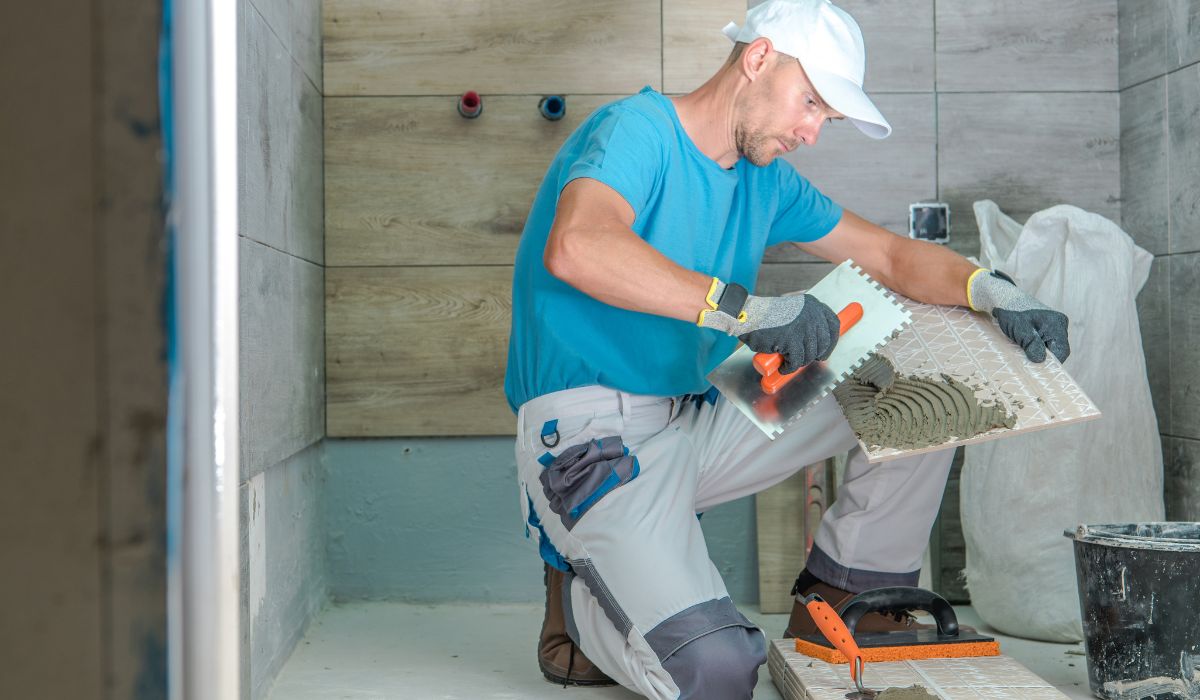
Weighing expenses against skill and time is necessary when deciding between hiring specialists and doing the bathroom remodelling yourself.
Making an informed choice can be aided by being aware of the consequences of each option:
Pros:
Cons:
Pros:
Cons:
Choosing the Right Approach:
DIY Renovation Tips: These are good for little aesthetic changes and easy installations (such as changing out fixtures), provided you have the time and abilities to complete the task.
Professional Services: Suggested for delicate installations, major renovations including structural alterations, or situations where efficiency and quality are critical.
When deciding whether to DIY or hire a professional for your tiny bathroom makeover, take into account the project's intricacy, your ability, the time you have available, and your financial limits.
A budget-friendly bathroom redesign can be achieved without breaking the bank if careful material selection is made.
Saving on small bathroom material costs without sacrificing quality, make a smart material selection and look for quality on a budget. Take into consideration these choices for fixtures, floors, and tiles:
Flooring:
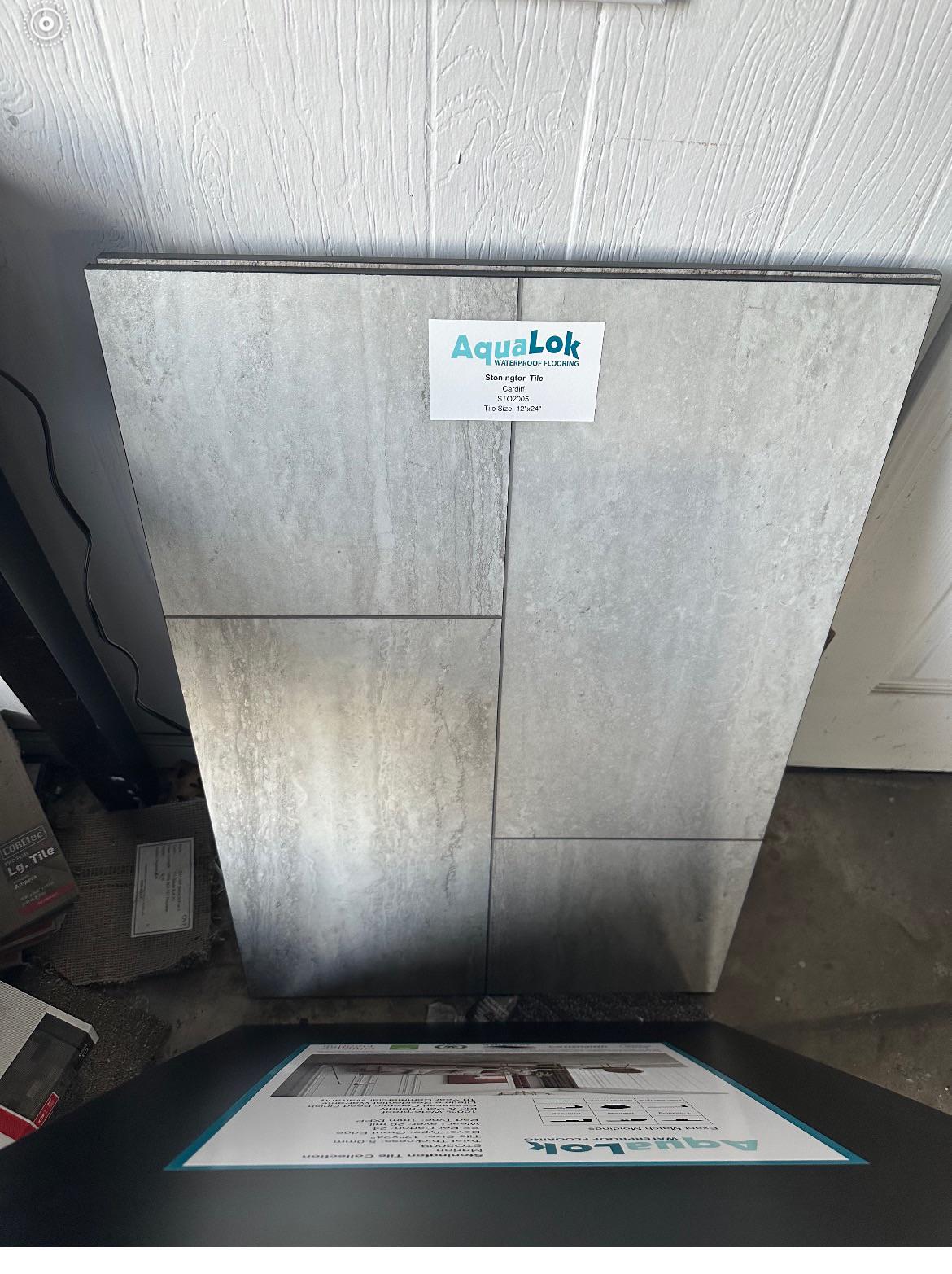
Vinyl flooring: It is more cost-effective and adaptable than hardwood or stone flooring, and it comes in a variety of styles that mimic natural materials like stone or wood. Vinyl is also moisture-resistant and durable.
Laminate Flooring: Resistant to stains and moisture, laminate flooring mimics wood or tile and is an affordable substitute for more expensive materials. It is also available in a variety of styles.
Tiles:
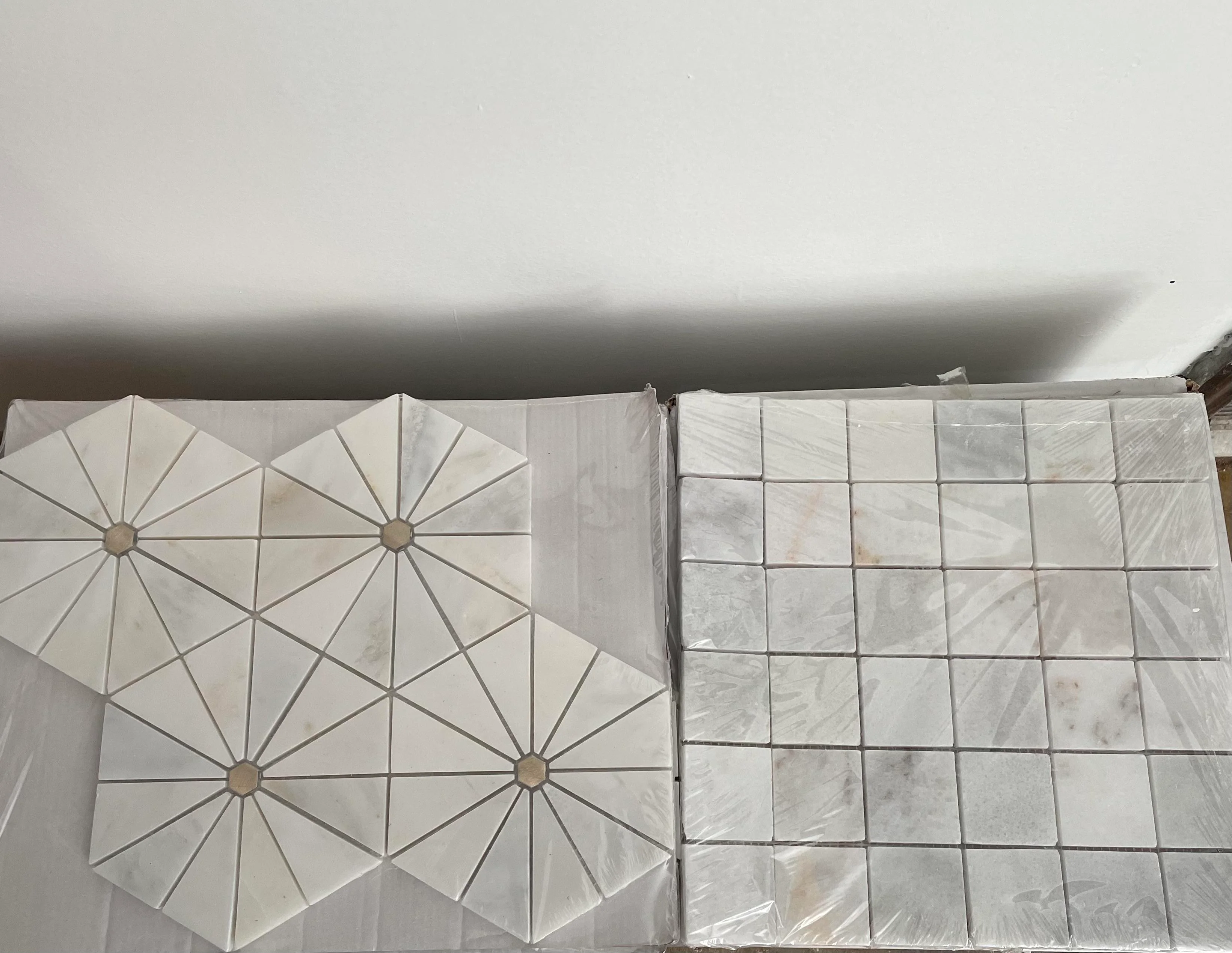
Ceramic Floor Tiles: Ceramic tiles, which are strong and come in a variety of patterns, offer an affordable option for bathroom floors and walls without sacrificing style.
Porcelain Tiles: A little more expensive than ceramic, porcelain has better water resistance and Durability, making it ideal for high-moisture areas like bathrooms. Because of its long lifespan, porcelain also saves money over time.
Fixtures:
Chrome Fixtures: Choose towel racks, showerheads, and faucets. They are reasonably priced, have a sleek, contemporary appearance, are long-lasting, and require little upkeep.
Fibreglass Shower Inserts: These are less expensive than those made of traditional stone or ceramic materials. Their low weight, ease of installation, and upkeep make them perfect for budget-conscious renovations.
Extra Advice:
Shop discounts and clearance: To obtain high-quality materials at a discount, keep an eye out for discounts or clearance events at your neighbourhood home improvement stores.
Think Secondhand: Look through internet markets or salvage yards for gently used but superior fixtures or materials that can save you a significant amount of money.
Homeowners can create a fashionable bathroom redesign without sacrificing quality while staying within their financial limits by choosing inexpensive materials like vinyl or laminate flooring, ceramic or porcelain tiles, and cost-effective fixtures like chrome or fibreglass.
When planning a modest bathroom makeover, there are some components that are worth investing a little bit more money in order to provide long-term enjoyment and increase property value.
Strategic budget allocation and strategic spending in small bathroom remodels are essential. Think about distributing funds wisely to maximise the impact of these excellent investments:
Splurge-Worthy Elements:
Maximising Impact:
Homeowners can rationalize spending by focusing resources on high-quality fixtures, tilework, lighting, and storage options that enhance property value and provide long-term satisfaction.
A tiny, long-lasting, satisfying bathroom renovation is ensured by striking a balance between budgetary constraints and the possibility of enhanced aesthetics and Durability.
In the realm of small bathroom remodelling, success hinges on the ability to navigate costs effectively.
To sum up, careful planning, wise budgeting, and well-informed decision-making are essential successful remodelling strategies.
Through thorough planning, prudent decision-making, and prioritising necessities, homeowners can accomplish a revolutionary remodel while efficiently controlling costs.